Goodbye, Windows RT as Microsoft halts production of the Surface 2
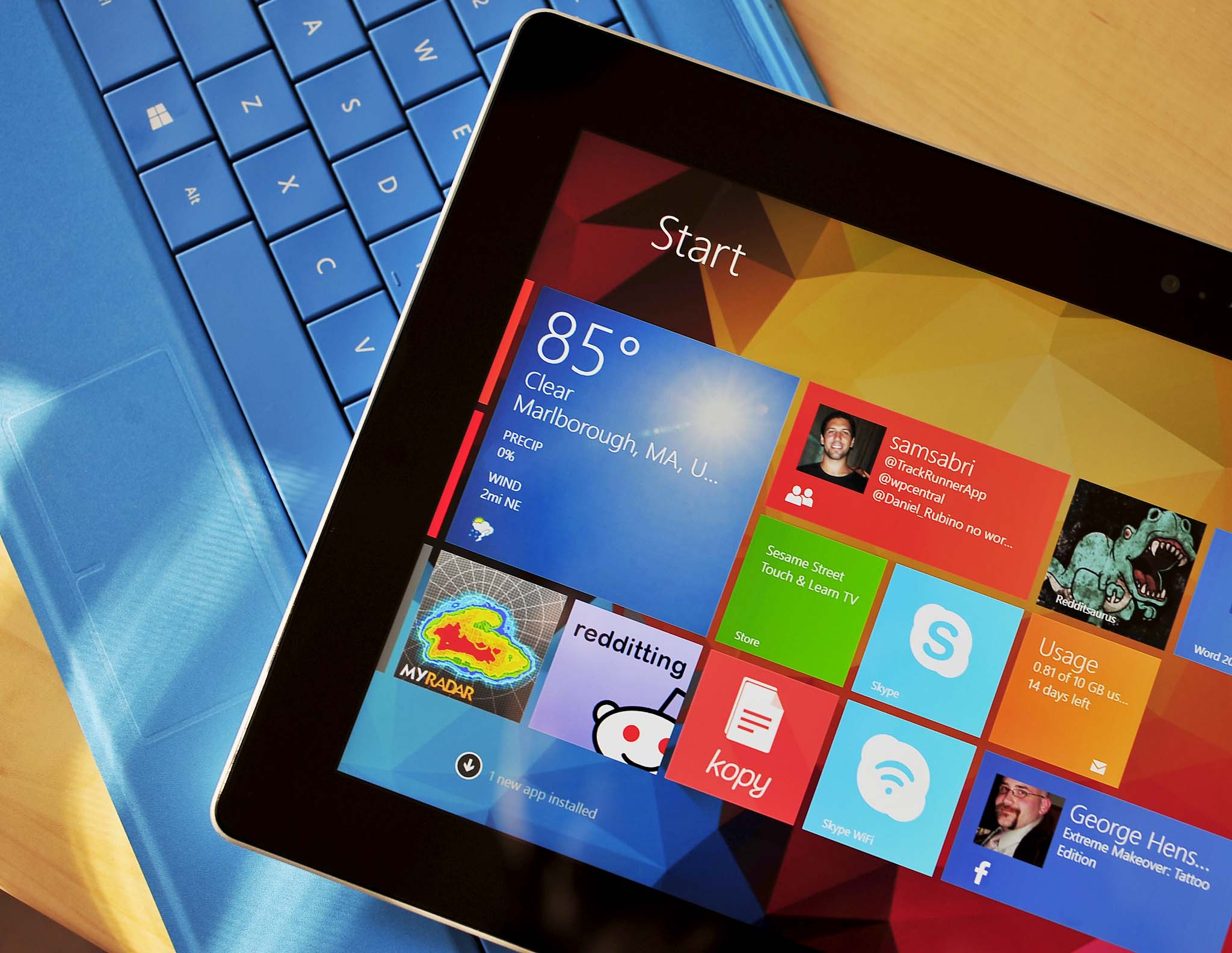
The Surface Pro 3 is arguably doing well. In fact, Microsoft posted $1.1 billion in revenue from their Surface line, which is a 24% increase over the previous quarter. Although that number by comparison is not staggering, it does demonstrate that the Surface, as a product line, has some interest.
Windows RT and the Surface 2, though, are not fairing so well. Microsoft today confirmed with Business Insider that the laptop-esque device is no longer being manufactured, although you can still pick one up from Microsoft Stores and retailers while supplies last.
Murmurings of such a cancellation started back in October when ZDNet's Mary Jo Foley reported that Microsoft was finished with ARM-based Surface tablets.
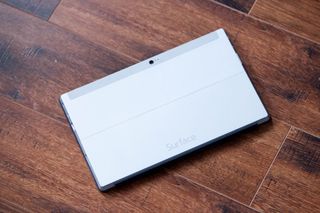
The news follows last week's presentation by Microsoft on Windows 10 and the future of that OS. Although the operating system was briefly discussed for phone, when it came to RT devices it had to wait until the press Q&A. During that time, Microsoft did confirm that current RT devices would see some type of update, but not necessarily Windows 10.
In other words, this sounds like 'Windows Phone 7.8' all over.
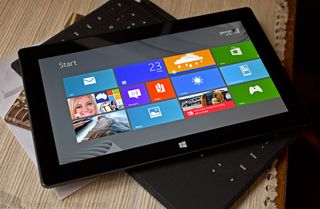
Never took off
Windows RT has had nothing but a rocky start since it launched. Announced with the first Surface Series – Surface Pro and Surface RT – the hybrid device created confusion amongst consumers, and the branding was always poor. The problem arises from the OS looking like Windows 8, including the Desktop, but being unable to run proper x86 or x64 applications like a "real" PC.
Although it was cheaper compared to Windows 8 PCs, soon after Microsoft released 'Windows 8.1 with Bing' for OEMs, and prices fell through the floor. By making "real" Windows cheaper, Microsoft essentially cannibalized their Windows RT message.
Get the Windows Central Newsletter
All the latest news, reviews, and guides for Windows and Xbox diehards.
Fast forward to late 2014, and HP was selling an admirable 11-inch laptop for less than $200 with the HP Stream 11. By comparison, the Surface 2 started at $449 but goes up to over $600 with 64 GB of storage and AT&T LTE. Granted, the Surface 2 is a better-built machine – and one of my personal favorites – but it never quite resonated with consumers.
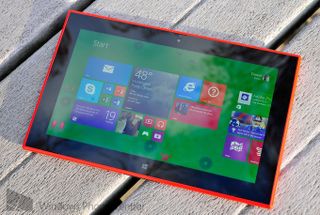
Once OEMs like Asus and Dell began pulling support for Windows RT, including HTC, who cancelled theirs even before launching, the Windows RT market was very lonely. Only Nokia's Lumia 2520 tablet came to market recently, and although it was admirable, it still was an odd duckling. Microsoft cancelled the Surface Mini and even Nokia's plans for an 8-inch tablet reportedly fizzled.
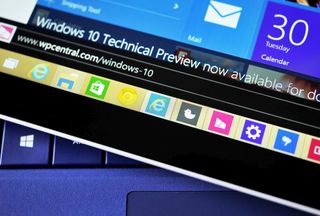
One Message, One OS
Although Windows RT and the Surface 2 had its fans, finally putting them out to pasture is the right thing to do. Microsoft's message of "one OS" is undercut by the Windows RT framework and has held back adoption.
Starting with Windows 10, devices with 8-inch displays and larger will see full Windows with the traditional Desktop. Those devices with smaller displays, including phones, phablets and tiny tablets, will not (although current Intel Atom based devices can all upgrade to full Windows 10).
It is a shame to see another Microsoft product line fade away as a failed experiment, but Microsoft appears to be setting the right course for success with Windows 10. With a clean slate and a less confusing message, Microsoft still can right this ship.
Source: Business Insider

Daniel Rubino is the Editor-in-chief of Windows Central. He is also the head reviewer, podcast co-host, and analyst. He has been covering Microsoft since 2007 when this site was called WMExperts (and later Windows Phone Central). His interests include Windows, laptops, next-gen computing, and wearable tech. He has reviewed laptops for over 10 years and is particularly fond of 2-in-1 convertibles, Arm64 processors, new form factors, and thin-and-light PCs. Before all this tech stuff, he worked on a Ph.D. in linguistics, performed polysomnographs in NYC, and was a motion-picture operator for 17 years.